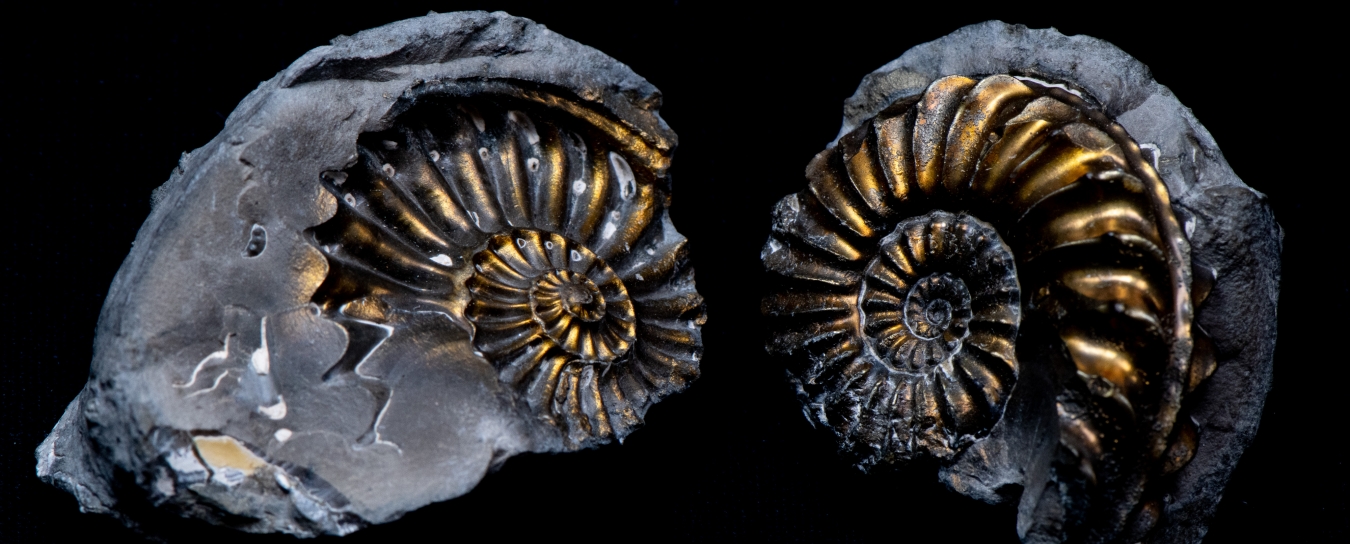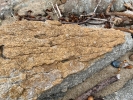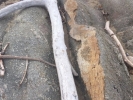
Rocks & Fossils
Check out our rock and fossil FAQ for smart collecting tips, information about some local rock formations, and advice about fossil eggs and meteorites.
- Anthropology
- Rocks & Fossils
- Invertebrates
- Vertebrates
- Botany
- Astronomy
- Fungi
- General
- Recently Asked
Fossilized Prehistoric Log? Fossilized Prehistoric Sea Creature? Or....
Hello,
A few months ago I came upon this very odd looking coastal rock formation that I initially mistook to be a rotted piece of old driftwood. But examining it closer, saw it is pure stone. Could it be a fossilized log or perhaps even fossilized sea creature remains (features on it kinda resemble small eyes, even fin at some points). It's located at Carmel River Beach. All the other rocks around it are grey sandstone, including rock it sits atop. Any thoughts you might have would be most appreciated! I actually have more pics I can send than just the two attached.
Todd


Curator Response
Hi Todd,
Thanks for sharing this interesting-looking rock with us! It doesn’t look like a fossil to me or our other geologists, but that doesn’t make it any less nifty.
The geology of this area of the coast is actually quite fascinating. The strata of the Carmel coast includes the San Lucia granodiorite, a bunch of layers of sandstone and conglomerate, the Monterey Shale, and an intrusive Miocene lava flow! The lava flow is rich in minerals like augite, feldspar, and iddingsite (seriously, who names these rocks?). The lava is surrounded by the greyish sandstone pictured in your photos.
You are totally on point in keeping your eyes open for marine fossils, since that is what we get around here (this area having been underwater when most of the sedimentary rocks around us were formed). In terms of fossils, the Carmelo Formation sandstones (to which the sandstone pictured may belong) occasionally yield a couple types of algae fossils and turritellids (marine gastropods). The shale of the well-known Monterey Formation also yields marine mollusks, but that doesn’t seem to be what we’re looking at here.
This rock looks so funky because it has matured in a way known as rind-weathering. The bark-like texture—which probably contributed to your first seeing this rock as a piece of wood—is likely the result of a chemical reaction and recrystallization of minerals on the surface of the rock (hence the rind), caused by weathering from water and air.
Stay curious,
Santa Barbara City College Earth and Planetary Sciences Instructor (and SBMNH Teen Programs Manager) Jenna Rolle, M.S.


